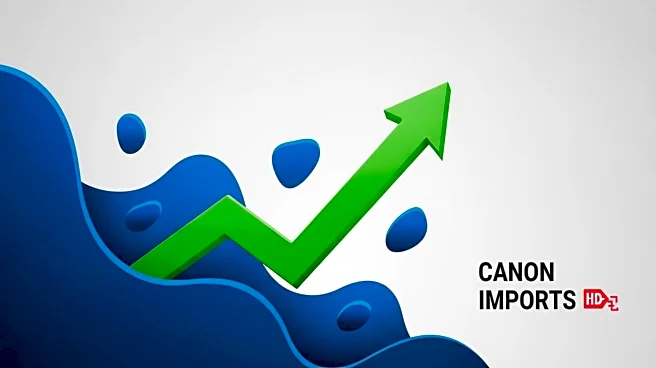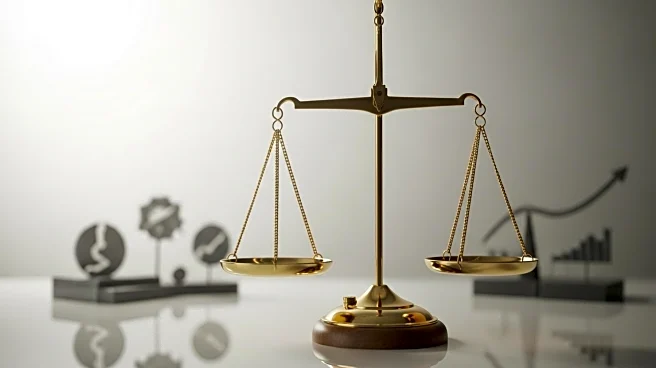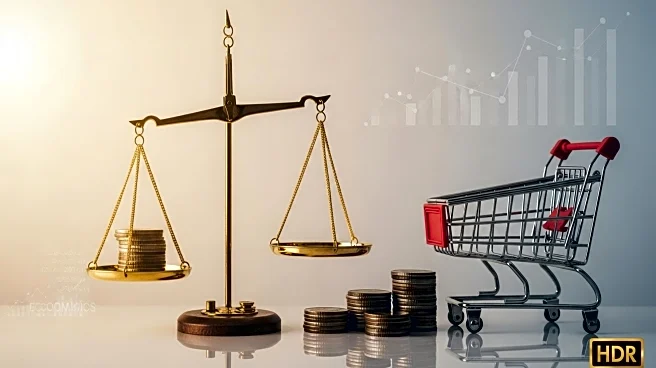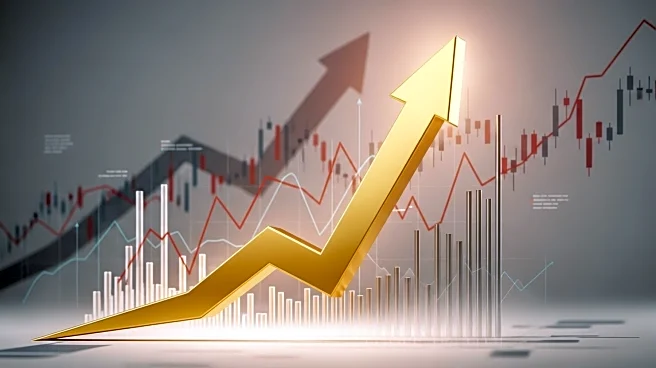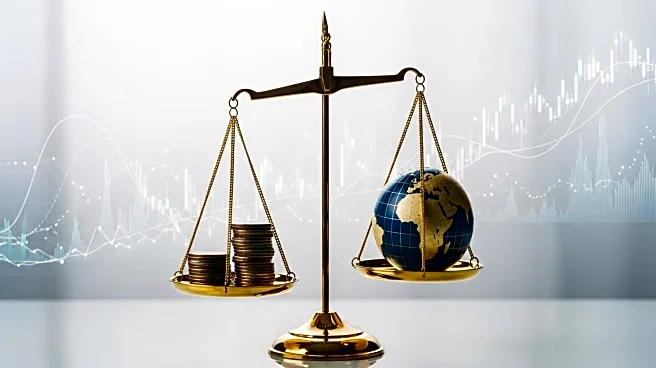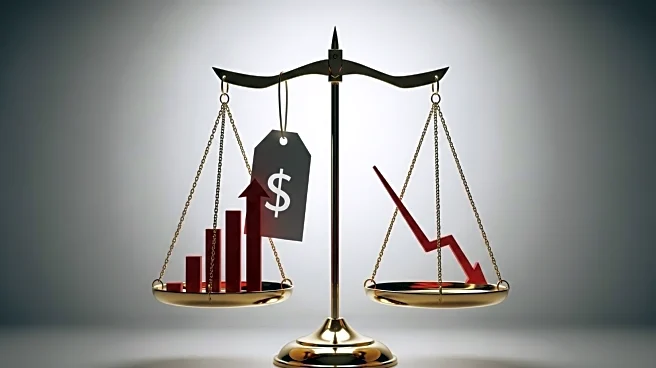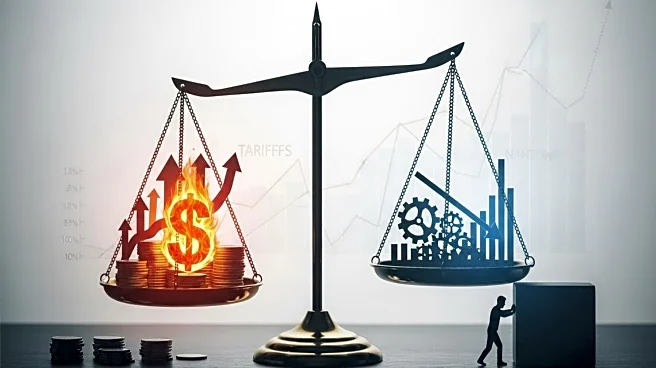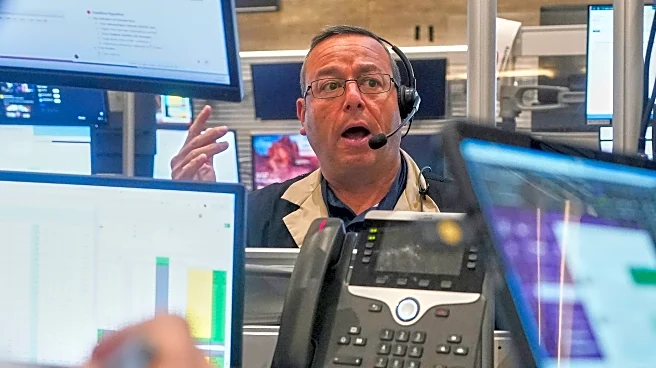What's Happening?
In July, U.S. consumer spending rose by 0.5%, driven by purchases of durable goods such as cars and financial services, according to Commerce Department data. Despite elevated inflation, the Personal Consumption Expenditures (PCE) price index increased by 0.2% monthly, maintaining an annual rate of 2.6%. Core inflation, excluding food and energy, rose to 2.9%. Wage gains contributed to the spending increase, with personal income rising by 0.4%. The report indicates that consumers are still willing to spend, particularly on durable goods, despite concerns over tariffs and inflation.
Why It's Important?
The resilience in consumer spending is crucial as it powers more than two-thirds of U.S. economic activity. The steady spending amidst inflation concerns suggests that consumers are adapting to higher prices, although discretionary spending is showing signs of strain. The ongoing tariff war has yet to significantly slow the economy or trigger a major inflation outbreak. However, the potential for a 'stagflation-lite' period, characterized by high inflation and stagnant growth, poses challenges for economic stability. The Federal Reserve's response, including potential interest rate cuts, will be pivotal in managing these economic dynamics.
Beyond the Headlines
The current economic environment reflects a shift from the post-pandemic period when consumers had more savings and stimulus support. As tariffs continue to impact prices, businesses may face pressure to cut costs, potentially leading to layoffs. The Federal Reserve's actions in the coming months will be critical in addressing these challenges, balancing inflation control with economic growth support. The evolving consumer behavior and spending patterns will also influence market strategies and economic forecasts.


